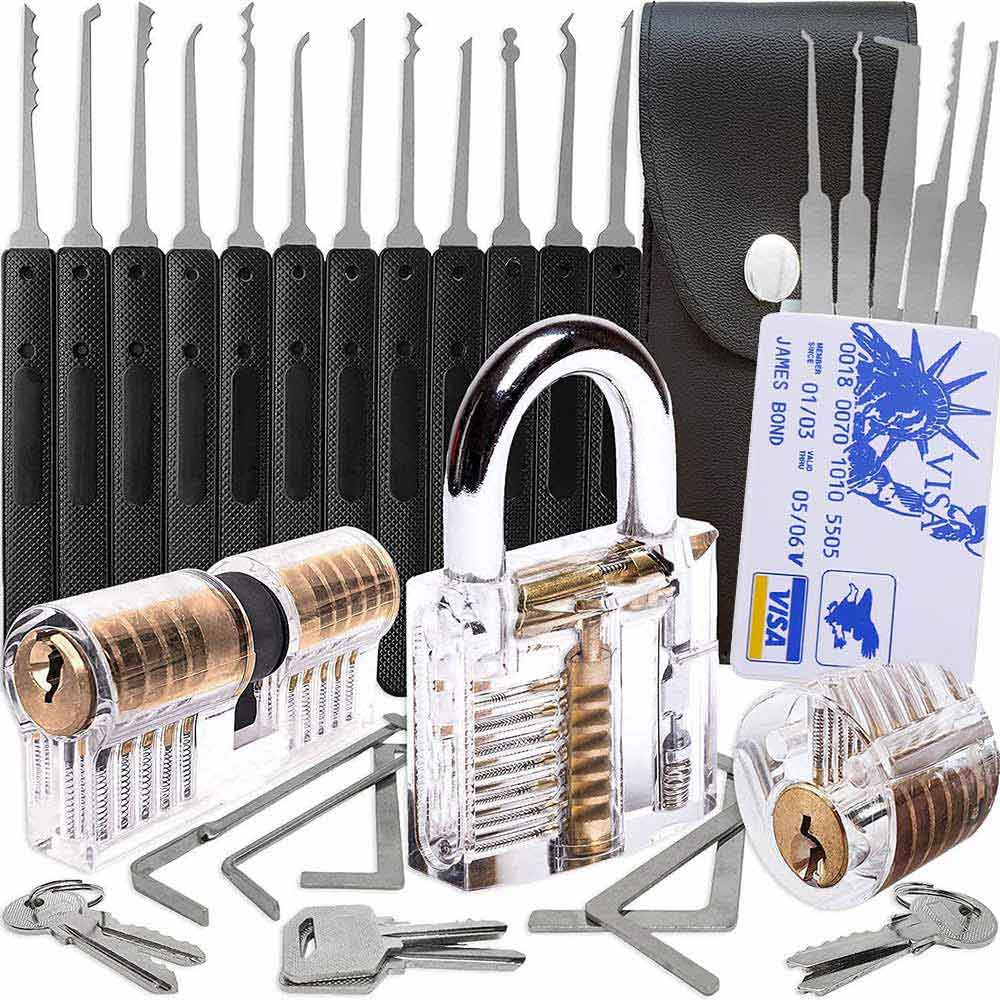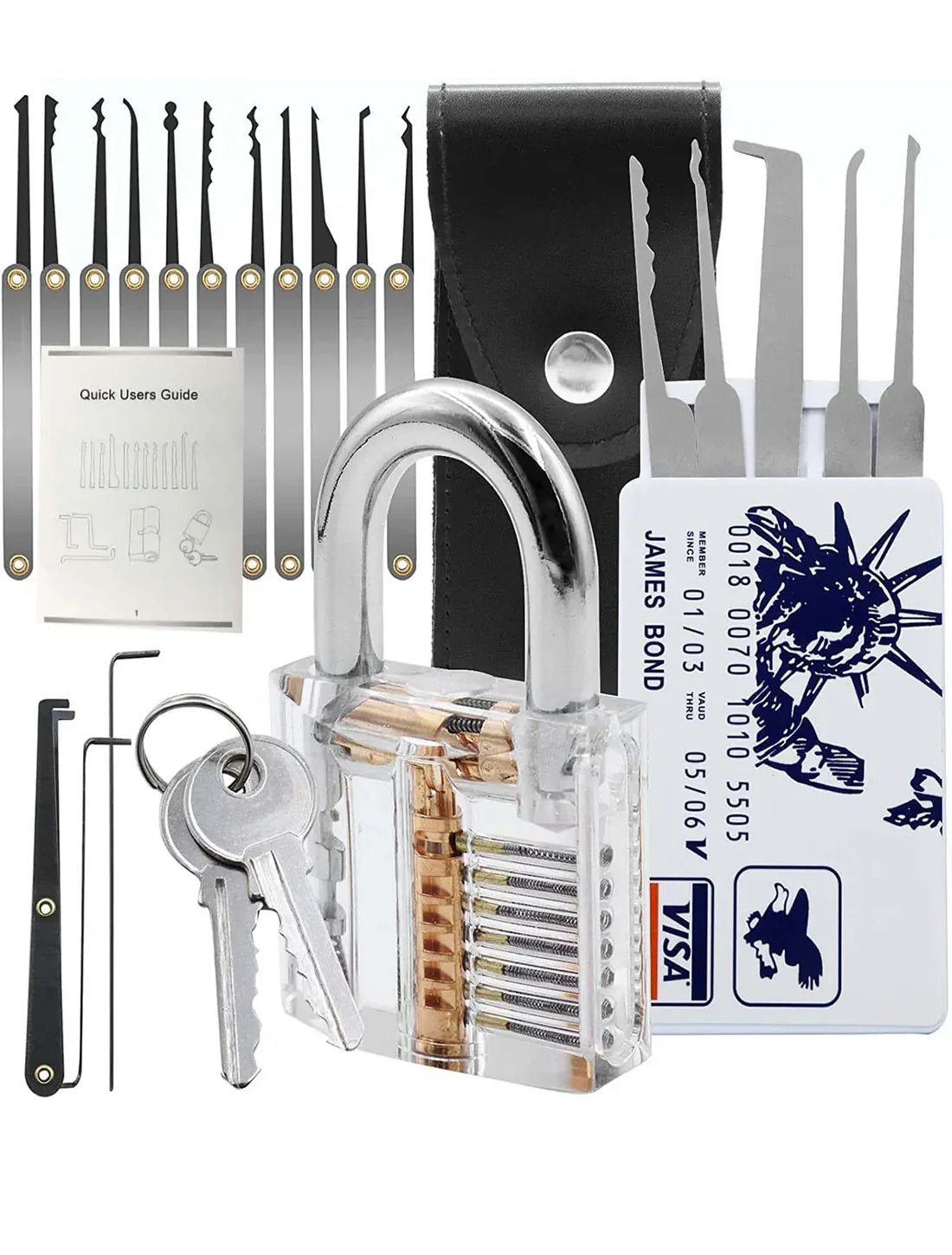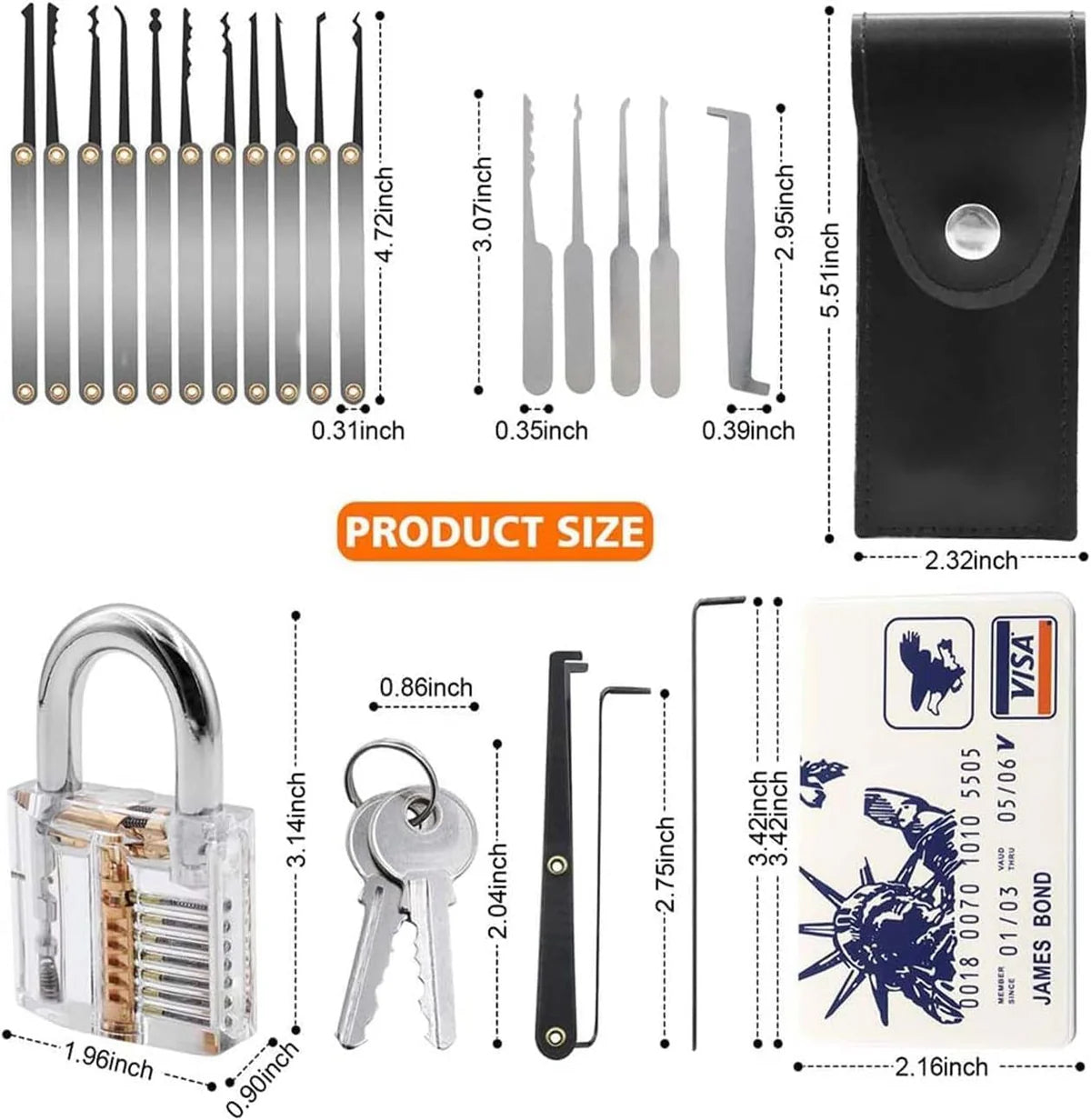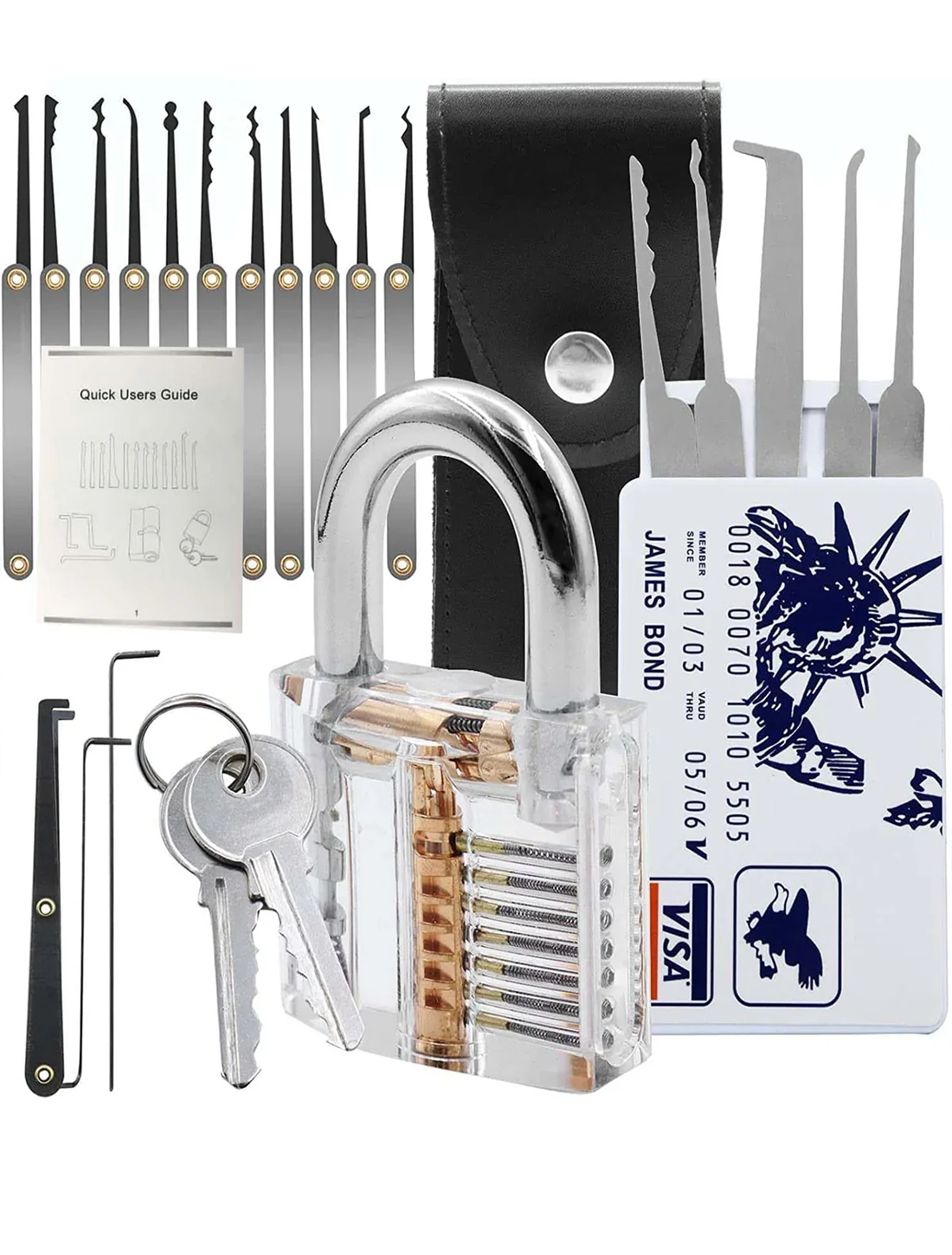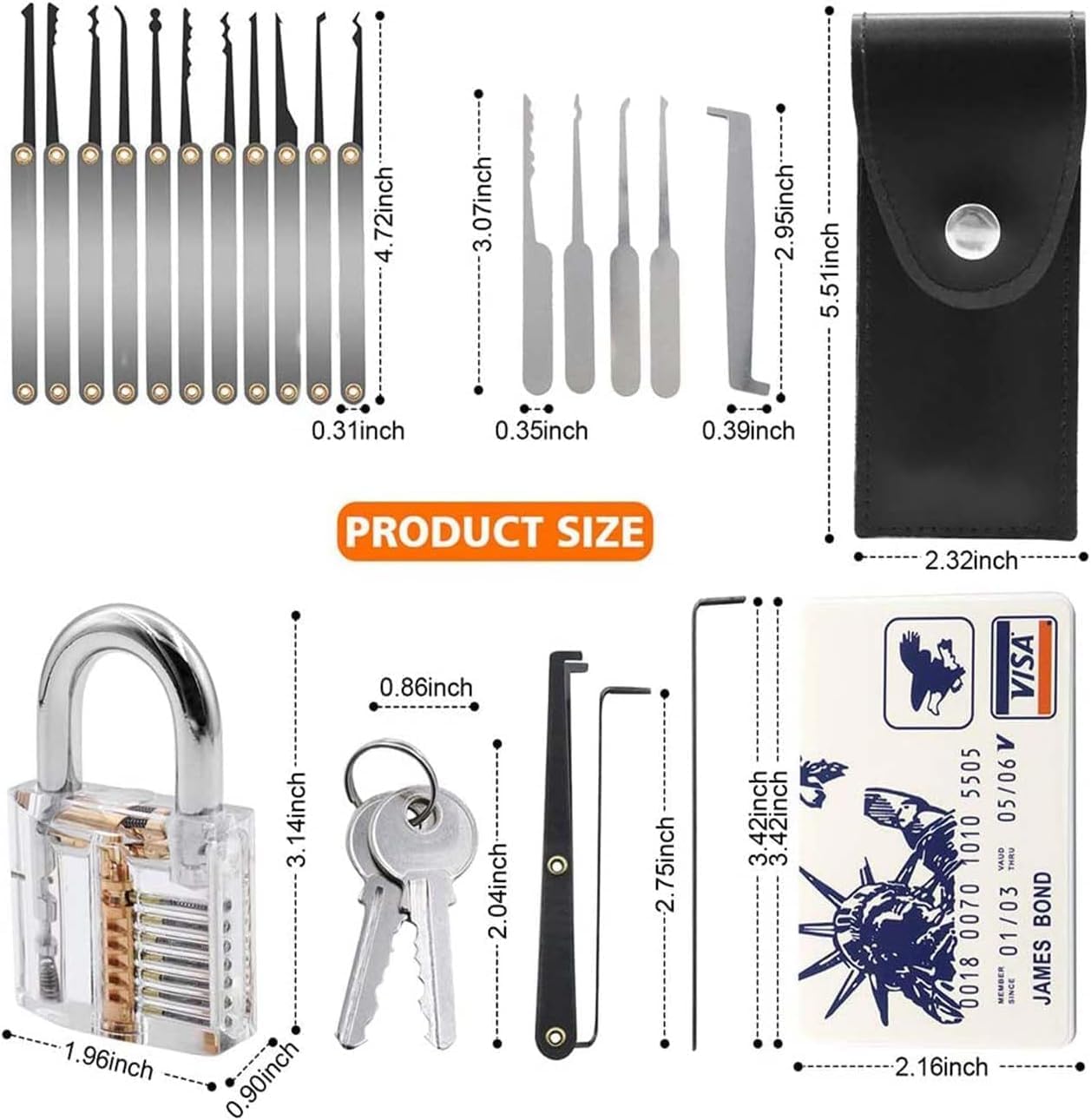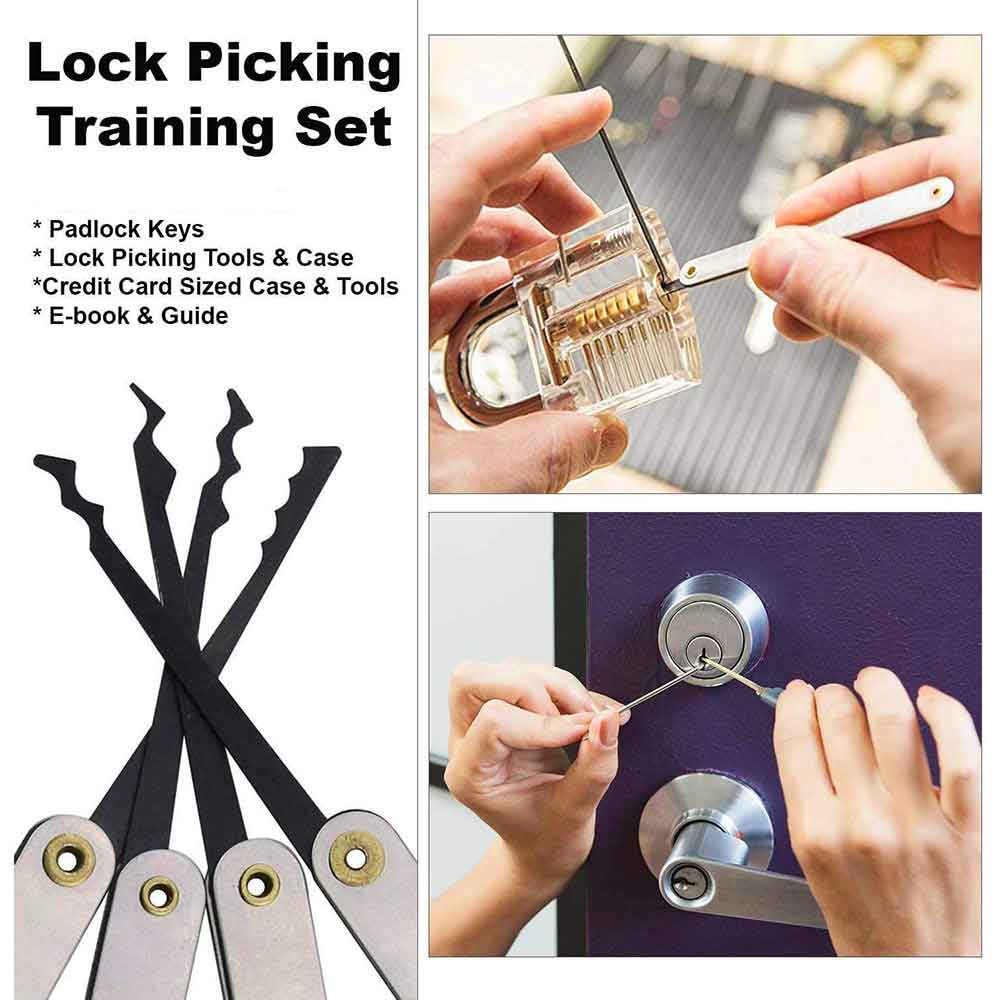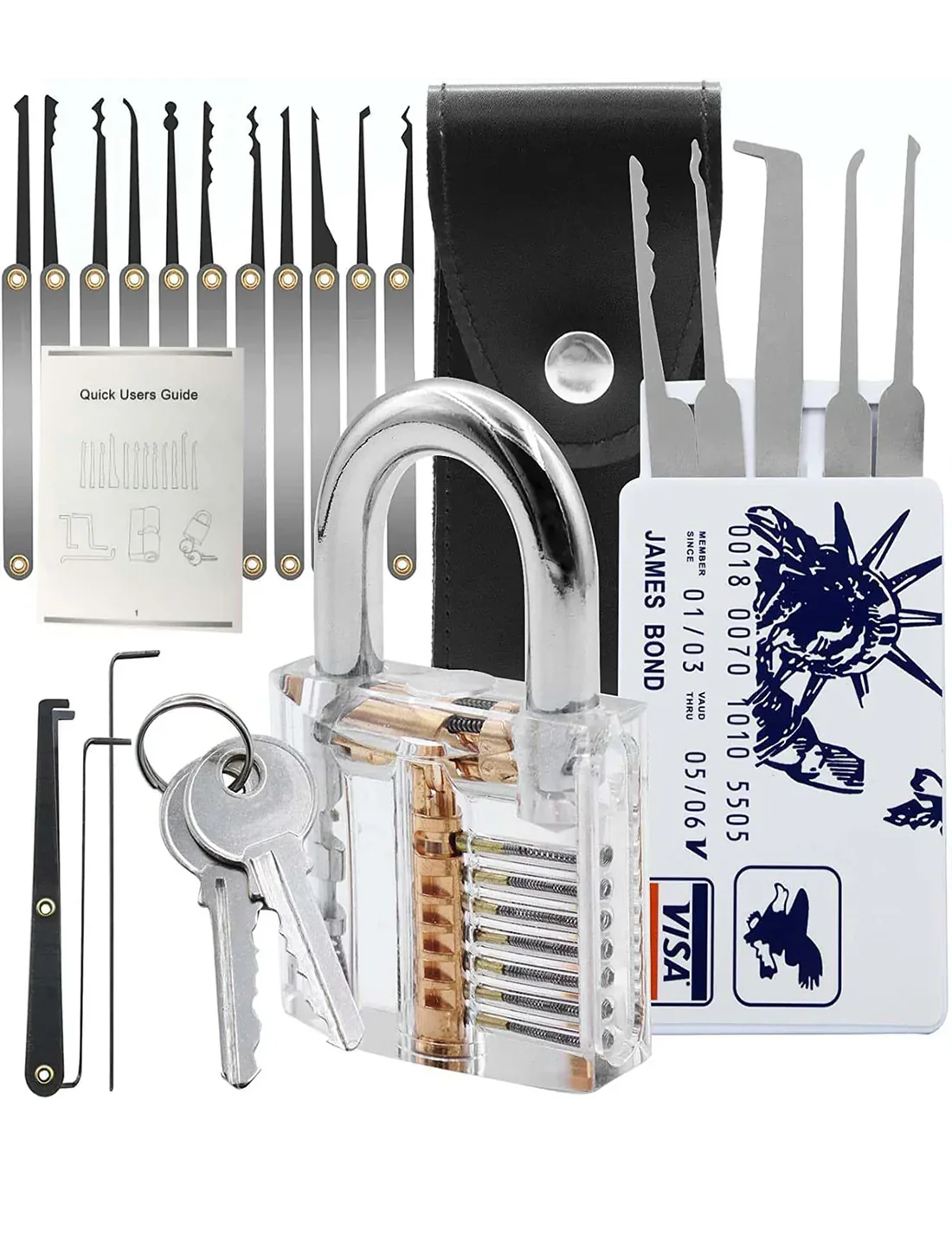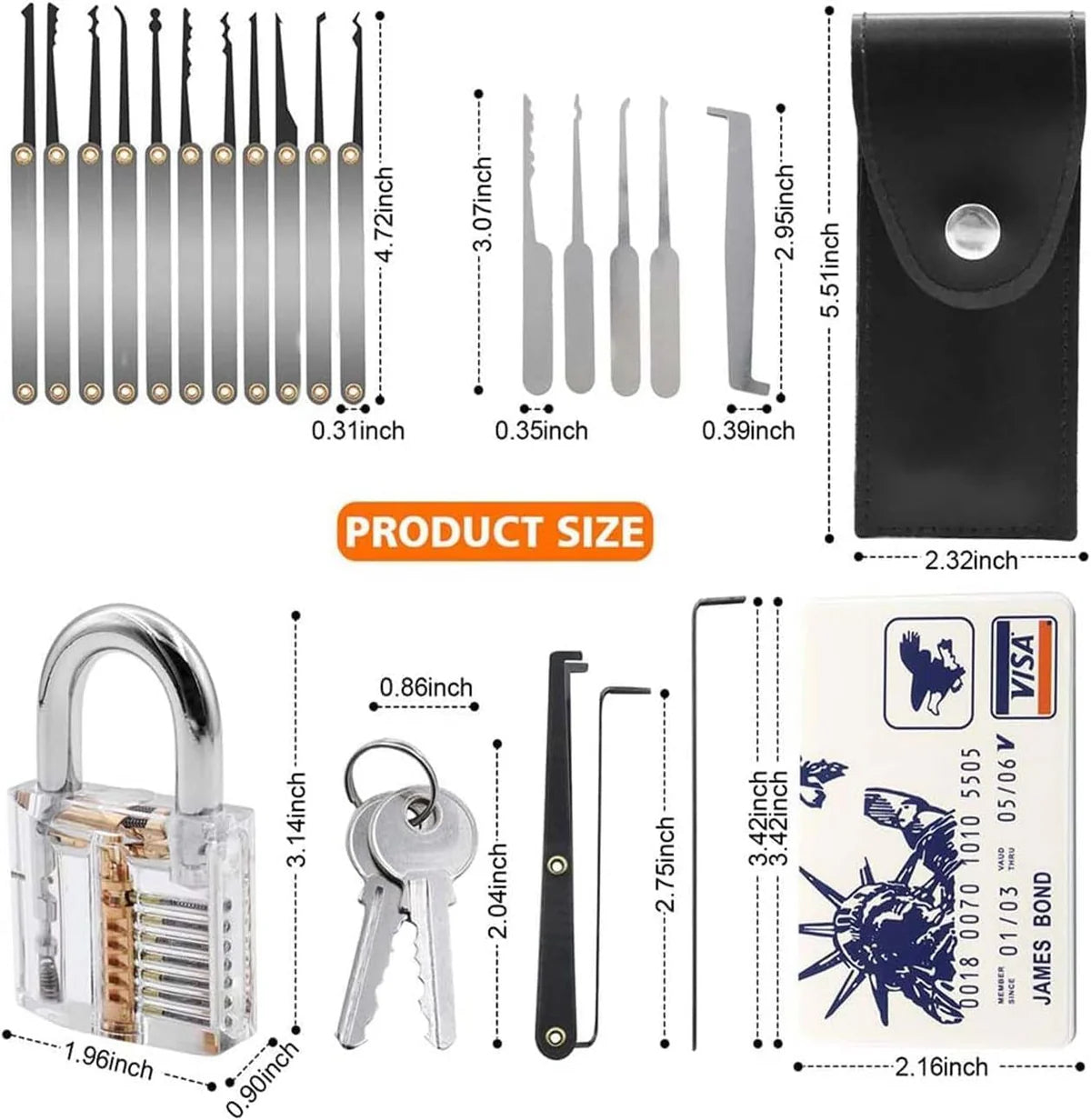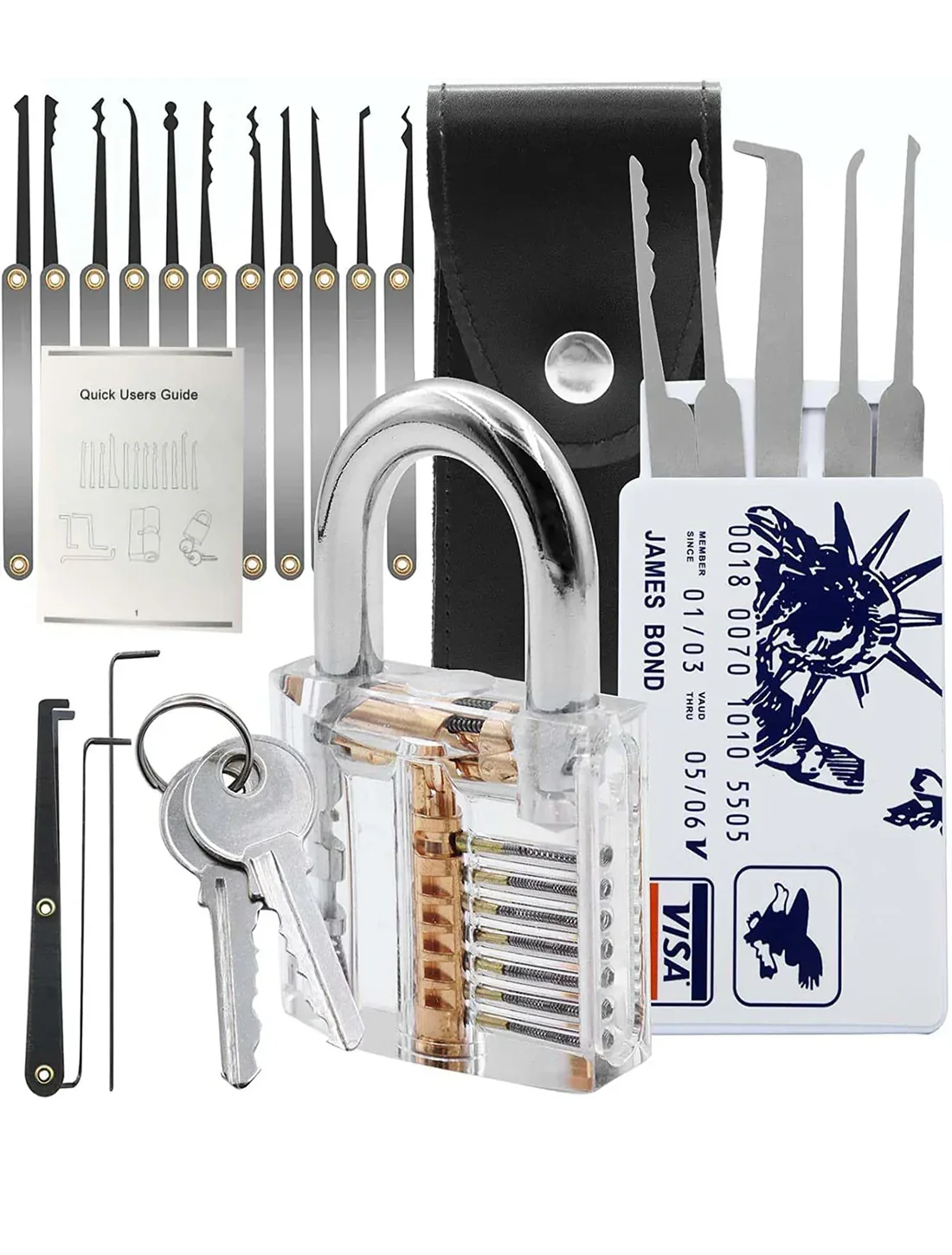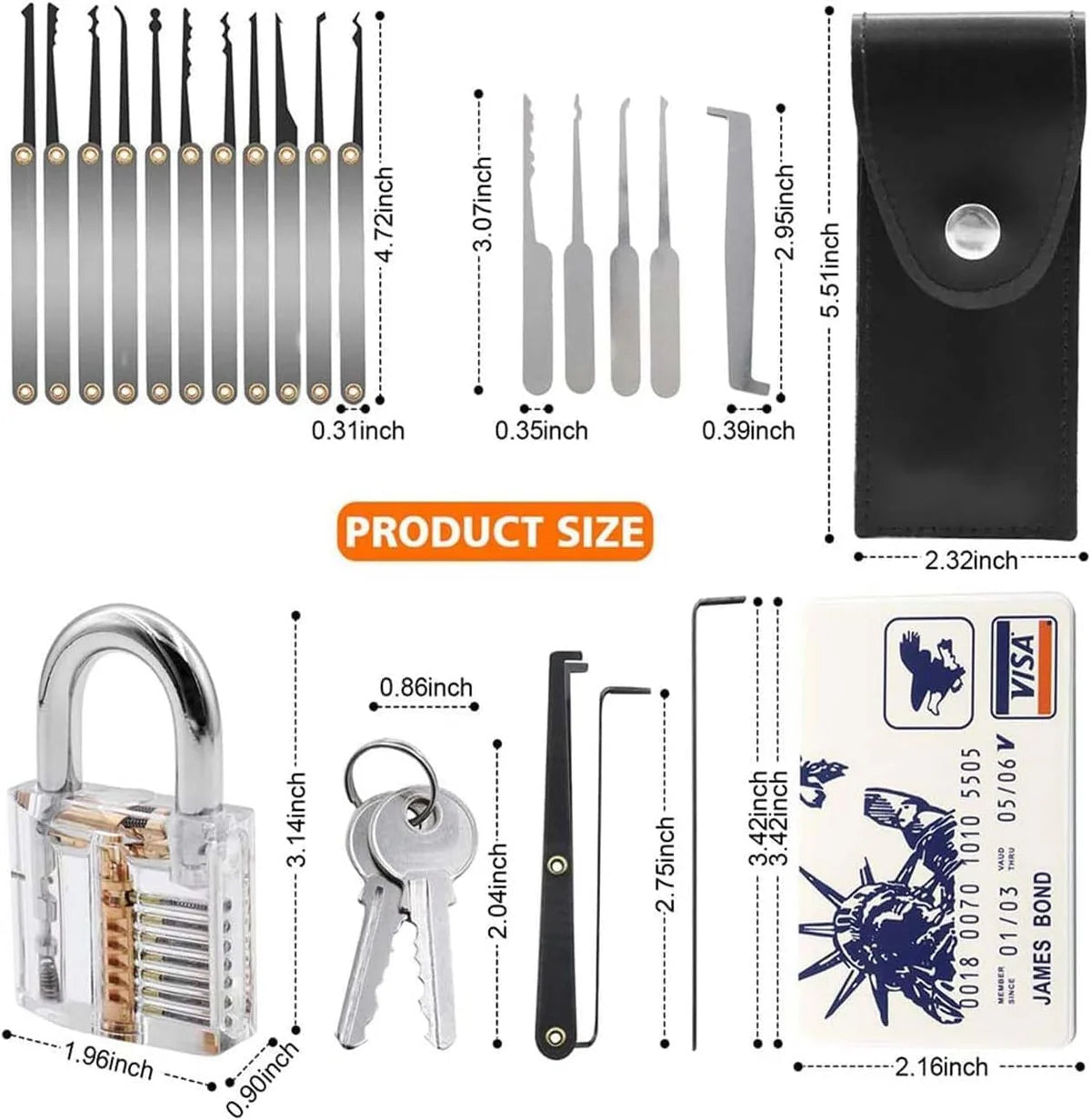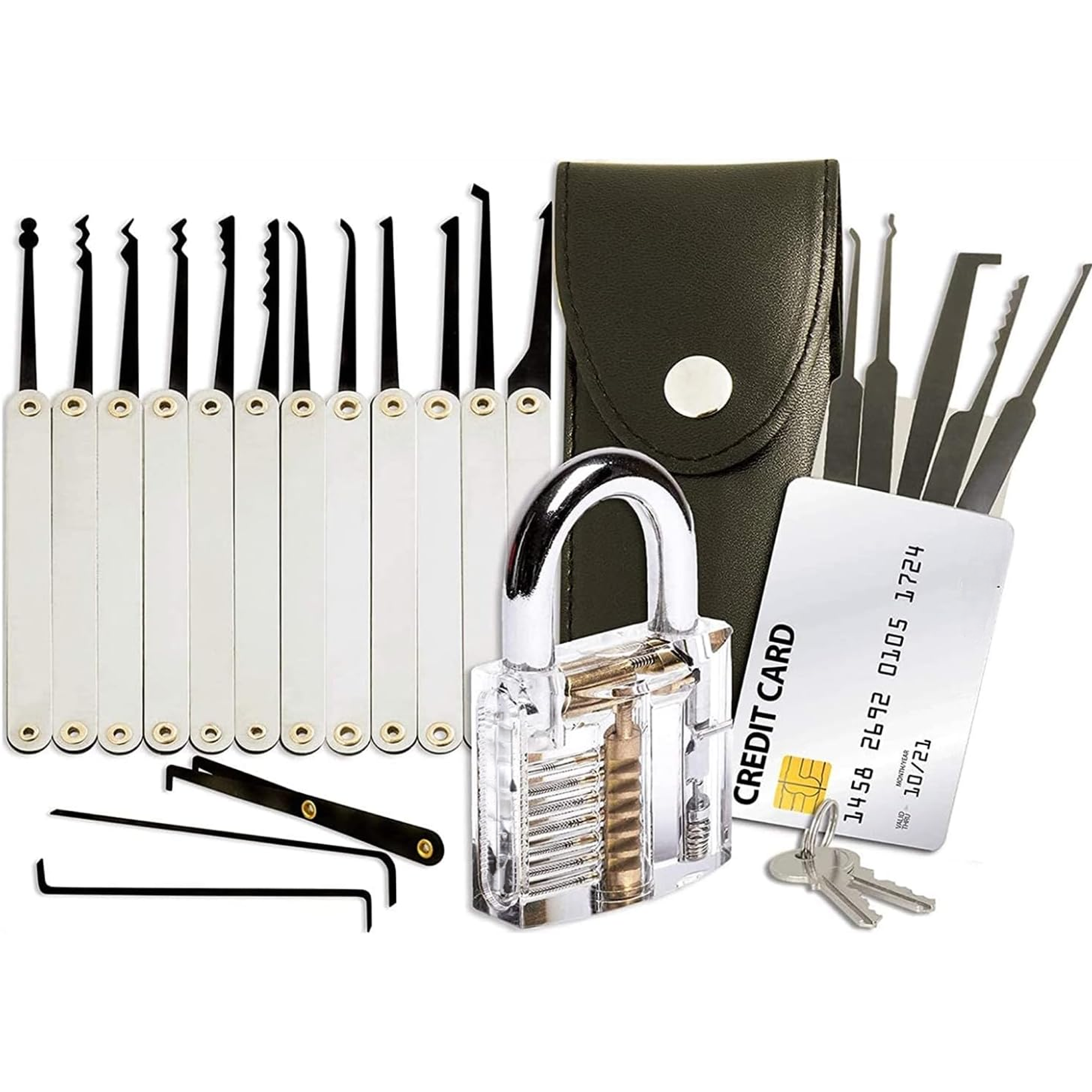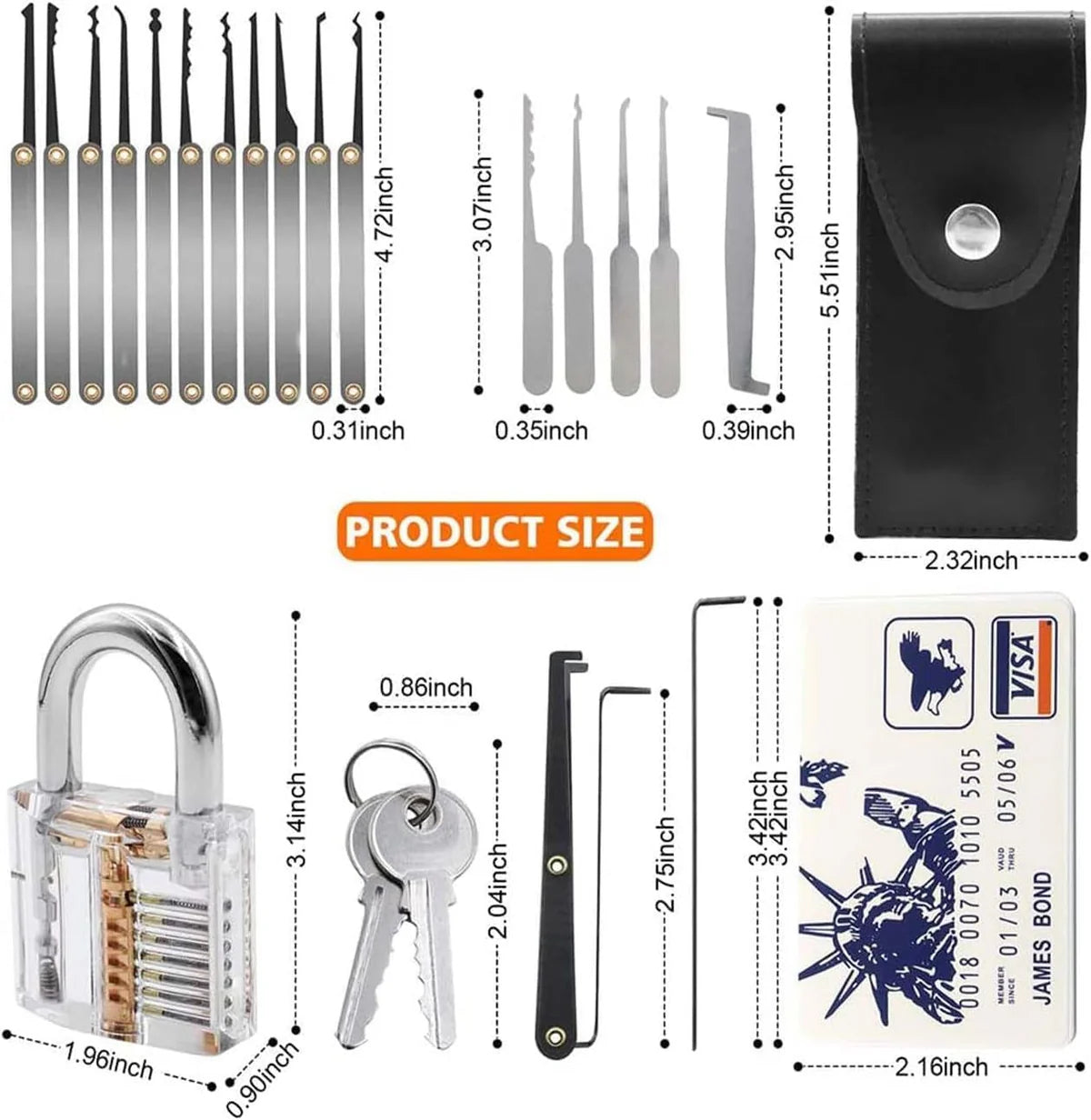Lock picking is an intriguing skill that combines patience, precision, and practice. Whether you're a curious beginner or someone aiming to enhance their understanding of locks, learning how to use a lock pick set can be a rewarding experience. In this guide, we'll walk you through the basics, answer common questions, and offer tips for getting started.
How to Get Started with Lock Picking?
First things first: you'll need a reliable set of tools. Our lock picking kits are perfect for beginners and professionals alike. Each set includes a variety of picks and tension wrenches, allowing you to tackle different lock mechanisms.
Step-by-Step Guide to Using a Lock Pick Set
- Choose the right pick: Start with a simple lock and a hook pick or rake pick.
- Apply tension: Insert the tension wrench into the bottom of the keyway and apply light pressure.
- Begin picking: Use the pick to lift the pins, one by one, until the lock turns.
Common Questions About Lock Picking
- How to use a lock pick set?
- Are lock pick sets legal in the U.S.? Yes, owning a lock pick set is legal in most states, but be sure to check your local laws.
- Where can I buy lock picking kits? You can find a wide selection of lock pick sets on our store.
- What is the best lock picking kit for beginners? Look for kits with multiple picks and clear practice locks to visualize pin movement.
Final Thoughts
Lock picking is not just a skill—it’s an art. Whether you’re practicing as a hobby or improving your locksmith abilities, having the right tools and guidance makes all the difference. Explore our full collection of lock picking tools and start mastering the craft today!




